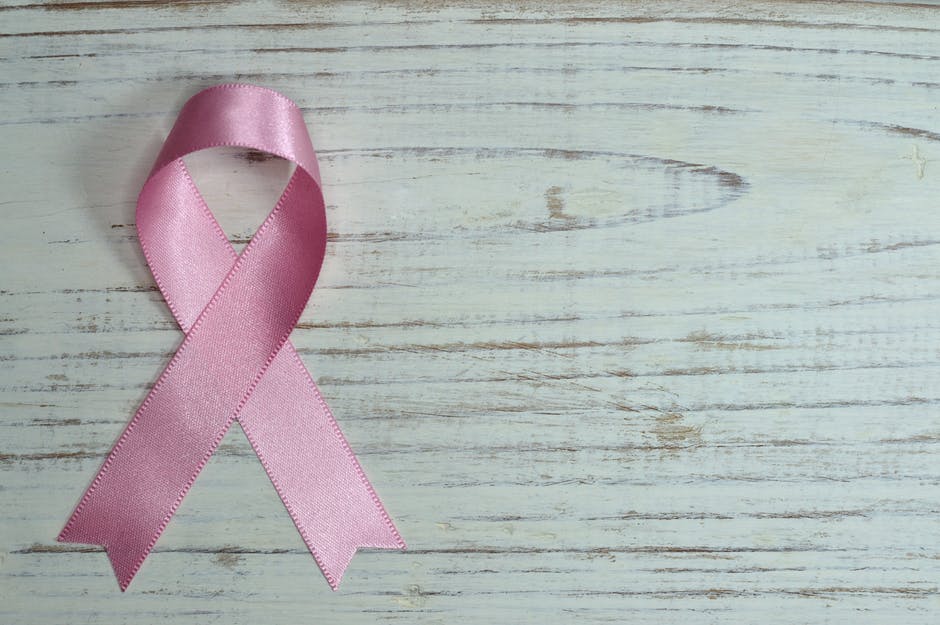Fungal infections on the nail are one of these conditions that, it’s mostly fair to say, nobody’s ever going to die of but they are a bit of a nuisance and can be a bit tricky to get rid of.
Hi, I’m Dr. Joe.
Infections in the toenails are not that common but having said that, there is a reasonable number of people who may get a fungus in the toenail. There are a few factors that may predispose you a little bit to it, and that includes working in a damp or moist environment, people have to wear work boots a lot of the time, the feet tend to sweat. But none of those things necessarily mean that you’re going to get it and, equally, not having any of those factors doesn’t mean that you can’t get it.
Like a lot of conditions where it’s not serious, less research goes into it than perhaps other aspects of medicine, so exactly how some people get it and others don’t is not really that well understood.
How can we tell if we have a fungus in our nails?
The key is a diagnostic test and I’ll get to that in a moment.
The appearance of the nail, it often starts to look a bit “mucky”, for lack of a better word. It will lose some colour, it may start to crack, it might go a yellowish sort of colour, the growth of the nail may be affected a little bit. Now, that can also occur for other reasons so if that’s going on with your nail, the best way to establish whether you have a fungus or not is to go along to your doctor.
Now, just on sight, looking at it, it has a particular appearance and your doctor may well recognise that. But a formal diagnosis can be done by going to the lab, and your doctor will refer you, to get a nail clipping done. It’s a bit like cutting your nails. That will be looked at in the laboratory to see whether a fungus can be isolated, and if it is then you have a formal diagnosis.
 Treatment, unfortunately, is not always as effective or as quick as people would like. So, it can respond within a short space of time but for some people it can take a little bit longer. There are over-the-counter formulations that you can get from your chemist and they are generally paints that you apply on the nail. They need to be used for a number of months, anywhere between 3 and 6 months, you don’t need to use a lot of it. There are also creams that can be used. They probably don’t tend to be, as a collective group, as effective as the paints.
Treatment, unfortunately, is not always as effective or as quick as people would like. So, it can respond within a short space of time but for some people it can take a little bit longer. There are over-the-counter formulations that you can get from your chemist and they are generally paints that you apply on the nail. They need to be used for a number of months, anywhere between 3 and 6 months, you don’t need to use a lot of it. There are also creams that can be used. They probably don’t tend to be, as a collective group, as effective as the paints.
In some instances, depending which type of fungus is found on a diagnostic test, there are some medications that are used. These need to be prescribed by your doctor. They are on the PBS if a particular fungus called a dermatophyte is isolated. The course of medication can be anywhere between 6 and 12 weeks, it’s generally 1 or 2 tablets per day. And that’s if you’d like an antifungal antibiotic.
For women, you probably can cover it over a little bit more easily than men. If you put nail polish on you can hide it, but generally if you’re using the paints to treat the fungus on the nail then they generally recommend that you don’t put nail polish over the top of that.
Get on top of your general health
Find and instantly book affordable GPs within Australia
Is it a harmful thing?
As we’ve said before, no.
Does it add a bit of nuisance value to the people? Yes, absolutely.
Although, again, I have to say it’s more cosmetic rather than any other condition. It doesn’t generally cause any pain, it’s not generally itchy, if you didn’t look at it you might not necessarily know that it’s there, but that doesn’t stop it being a bother for people.
One thing that is important to say about fungal nail infections is: they are NOT contagious. If you have it, you’re not going to pass it on to people that you live with.
So, again, simple things: over-the-counter preparations can be helpful; getting a formal diagnosis via nail clipping through your doctor in the lab will give you an exact diagnosis and it might lead to some other treatments including medications in some instances.
All content and media on the HealthEngine Blog is created and published online for informational purposes only. It is not intended to be a substitute for professional medical advice and should not be relied on as health or personal advice. Always seek the guidance of your doctor or other qualified health professional with any questions you may have regarding your health or a medical condition. Never disregard the advice of a medical professional, or delay in seeking it because of something you have read on this Website. If you think you may have a medical emergency, call your doctor, go to the nearest hospital emergency department, or call the emergency services immediately.






